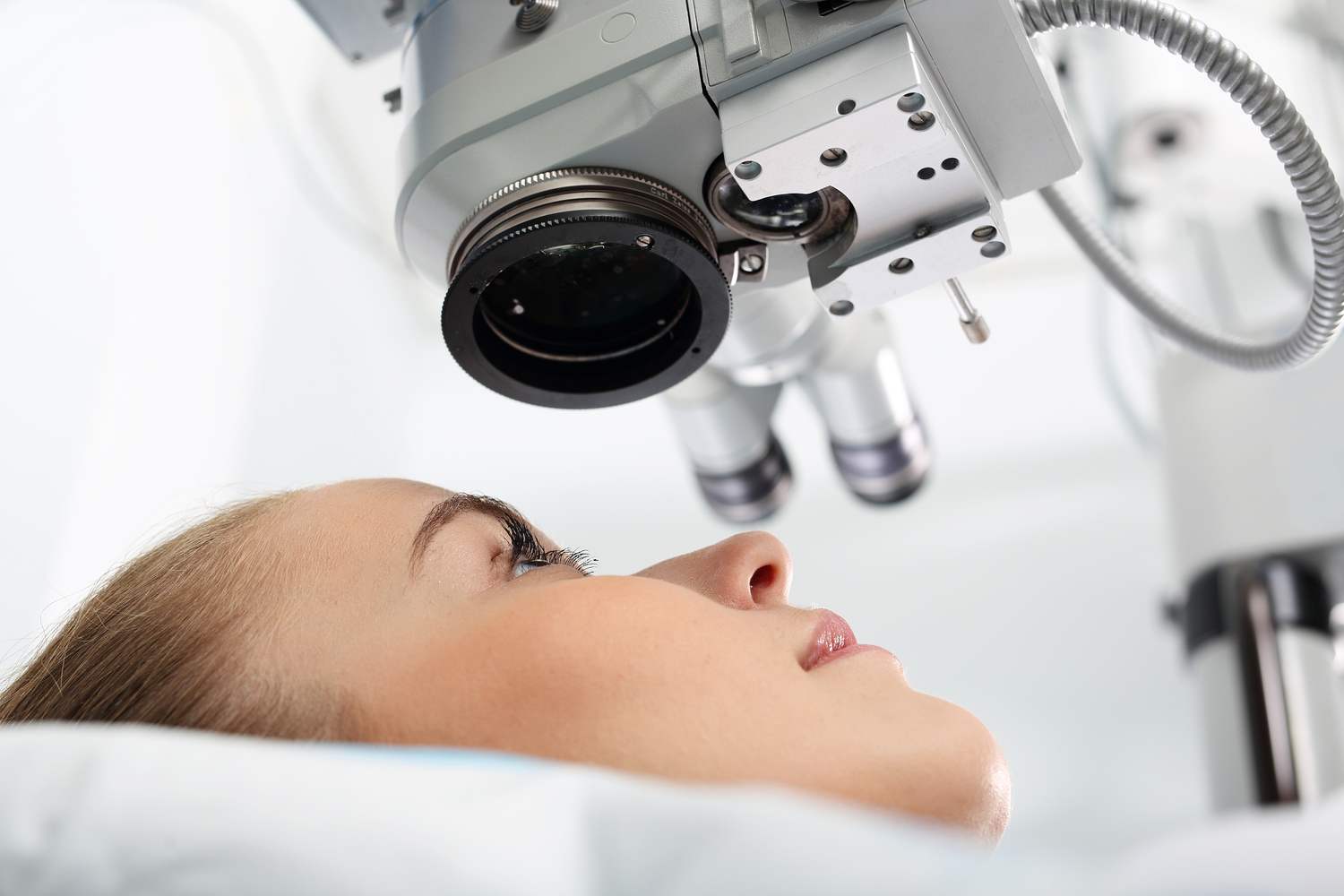Treatment Options for Cataract Patients
A cataract occurs when the lenses in your eye get clouded due to a buildup of protein clumps. This can affect your vision, cause blurriness, loss of clarity, and affect your daily life.
Cataracts occur individually in either eye and can’t transfer from one eye to the other. It is one of the most leading causes of poor vision and mostly occurs in people aged 55 and above. This is because cataracts form because of the natural aging process of the eyes.

It is possible to cure cataract without surgery, but this depends on the severity of the cataract. If you are looking for ways to cure your cataract, then read further to find out how.
Cataract Treatment Options
Several cataract treatment options range from extensive surgeries to getting prescription glasses or contacts. Listed down below are some of those options.
Cataract Glasses
These glasses have a thick and heavy design. Although they aren’t used often, they are a quick and easy solution to cataracts, especially if you are looking for an affordable solution.
Home Treatments
There are many ways you can use to deal with your cataract at home. These involve using a soft-backlight, having a well-lit room, avoiding screens and devices with glare, and various low vision aids like screen enlargement devices. Different eye care technologies accommodate low-vision symptoms or vision impairment which can help you with your cataract too.
Multifocal Lenses
Multifocal lenses can offer you the flexibility of seeing things that are both up-close and far away. They are kind of like bifocal lenses and are a practical cataract treatment option.
Surgeries
Astigmatism often accompanies cataract, which is the curvature of the lens leading to blurred vision. Surgeries that can help fix this curvature can greatly help with your cataract and give you a clearer vision.
Change Your Diet
A cataract occurs due to an excessive buildup of proteins in the eye. Changing your diet and moderating the foods you eat can go a long way in clearing up vision and improving the quality of life. Avoid foods that contain high amounts of protein, like meat and dairy products.
Prescription Glasses
Glasses prescribed by the doctor fitted with the right kind of lenses also work to be one of the most effective cataract treatment options.
Intraocular lenses (IOL)
These are a more recent addition to eye lenses and are specifically designed for cataract treatment options. Consult with your doctor before opting for these.
Phacoemulsification
This is a small-incision surgery where the lens is broken up into smaller pieces before treatment. The surgery uses ultrasound and laser technology to break the lens.
Laser Surgery
Sometimes, even after you undergo a cataract surgery once, the clouding up of your lenses may occur. This clouding is, however, not a serious issue and can be treated with a laser surgery.
Standard Extracapsular Cataract Extraction Surgery (ECCE)
This is a standard procedure used as a cataract treatment option. In this surgery, the front part of your lens capsule is opened and treated.
Precautions
If you face the following symptoms after cataract surgery, contact your doctor immediately:
- Loss of vision or vision that’s lowering
- Increased pain
- Signs of redness
- Unexpected discharges from the eye
- Sudden light flashes
- Field of vision changes
Other Factors Involved
There are various other factors involved in the treatment of cataracts. The sort of lifestyle you lead determines the type of lenses and various cataract treatment options to be considered. Make sure you sit with your doctor to discuss the effects of a cataract surgery and if you really need one.
Whether you genuinely need surgery or not will solely depend on you. While some people prefer to have contacts while reading and use prescription glasses in combination for seeing far-away objects, others require a one-stop solution for everything. Discomfort and ease of use vary from person to person.
If you have a mild cataract, then you can avoid surgeries by leading a healthy lifestyle and taking care of your eyes. Surgeries only become a necessity when other options fail, and the cataract condition causes vision impairment and affects daily life.
If you have a cataract in both eyes, the surgery isn’t done simultaneously for both eyes. Doctors let one eye heal and based on the analysis, proceed with surgery of the second eye. If you have both glaucoma (increased pressure in the eyeball causing vision impairment) and cataract, following up with your doctor about continuing your treatments is mandatory.
Swelling of the eye and blurry vision are common symptoms experienced after a cataract surgery but fade away with time. Your prescription for your glasses or contacts can change after your surgery, depending on how your eyes respond to the surgery.




